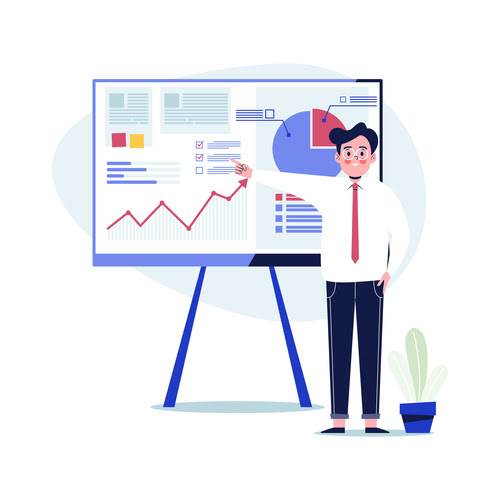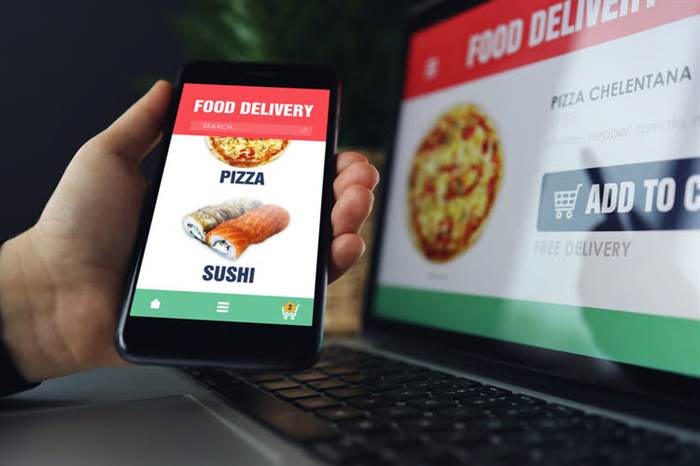This blog post will give you a high-level understanding of both methodologies, and it will help you decide which one will work best for your project. However, before you jump in, you’ve got to decide on something else—the software development methodology that will guide your project. Believe it or not, that decision could make or break your product in the end.
The close working relationships in the iterative approach require working in the same physical space, which is not always possible. Customers have a sense of ownership by working extensively and directly with the project team throughout the project. In that vein, one technical writer at TWi, a tech writing company, has compared documenting Agile projects to being a journalist. If you expected a clear-cut answer to the question of which methodology is better, you might be disappointed to learn that things are not so simple. The two methodologies may both aim to provide readers with helpful docs, but the process of getting there is quite different. These cycles are called sprints, and it takes several of them to finish a project.
GET STARTED
Agile was developed as a flexible method that welcomes incorporating changes of direction even late in the process, as well as accounting for stakeholders’ feedback throughout the process. Agile project management is an innovative approach not only for software projects but for projects of all stripes. By providing the flexibility https://www.globalcloudteam.com/ to respond to change during the development lifecycle, agile allows teams to ship higher quality products that meet customers’ needs. Agile empowers teams, builds accountability, and encourages innovation while promoting continuous improvement. Agile gives you the ability to respond to change without going off the rails.

Detailed product requirements and documentation enable new programmers to onboard quickly and easily. Wireframes vs Mockups vs Prototypes The three most common artifacts that product teams use are wireframes, mockups, and prototypes. Neither Agile nor waterfall are particularly expensive to implement. They don’t necessarily require specialized software packages or other capital investments and operating costs.
Examples of Agile and Waterfall Projects
While plenty of tools are open source, an organization that wants to establish a DevOps culture will face costs and challenges getting started. While Agile brings flexibility and speed to development, the practices that really accelerate delivery of scalable, reliable code are in the DevOps realm. Waterfall projects have a high degree of process definition, little or no variability in output and they do not accommodate feedback during the development cycle.
Recognizing the strengths and weaknesses of both methodologies, many organizations are now adopting hybrid approaches. For instance, the Agile-Waterfall Hybrid method combines the flexibility of Agile with the structured phases of Waterfall. Such hybrid models can be particularly beneficial for complex projects that require both clarity and adaptability.
Limitations of Waterfall Model:
All these events in a traditional development project represent a distinct stage of software development. Typically, every stage finishes before the next one can begin. For example, a client must review and approve requirements before design can begin. Throughout the development effort, it’s possible for various members of the team to be involved or to continue with other work, depending on the active phase of the project. For example, business analysts can learn about and document what needs to be done, while the developers are working on other projects.
- At Segue, it’s called our Process Framework, and it’s a variation on the traditional Waterfall methodology.
- Since the team has access to frequent feedback, they can adapt the product roadmap during the development lifecycle to ensure that functionality truly meets user expectations.
- These roadmaps capture the product vision and prioritized themes for the coming months and years, but don’t get into the specifics of what particular features and enhancements are being developed.
- A healthy waterfall environment doesn’t employ a “throw it over the wall” mindset where stakeholders pass on responsibility to the owner of the next phase.
- Agile gives you the ability to respond to change without going off the rails.
The success of the Android app prompted Haymarket to hire Net Solutions for further feature development on the iOS app. There’s no need for a dedicated Project Manager, since projects in Agile are owned by the entire team. That’s because modifying one feature that will greatly improve the product won’t necessarily impact the others, and you can make changes on the fly . Some of the most common agile metrics are burndown, velocity, cycle time, cumulative flow, and team happiness. High level of coordination between members of self-organized teams.
Agile methodology vs Waterfall model
The result of multiple phases of requirement gather, development and testing lead to quite a lot of time before the stakeholders actually get to view the live application. When waterfall model is followed, the customer can only see the full product after the project comes to an end and the application is deployed into production. Agile methodology, a rapid application development procedure, newer than waterfall and implemented using scrum. Agile is essentially the approach that delivers the product incrementally and iteratively. If you deliver your product only in increments but not in iterations , you’re still following a linear approach. An Agile approach should repeat the whole process for each increment, thus making sure that every adjustment or change is accounted for in the next increment.

However, if you are the one who deals with production and development, it becomes your top priority. By opting for the right method to manage the products and developers, it will be easier to deliver the project frequently, earn satisfaction from clients and avail more profit. Paolo writes about the exciting world of project management, innovative tools, planning strategies, time management, productivity, and more. Waterfall approach does not require the participation of customers, as it is an internal process. However, Agile methodology focuses on clients satisfaction and involves them to participate throughout the development phase.
differences between waterfall and agile
The model places value on setting a sustainable pace for software development instead of pushing for faster deadlines in exchange for an unfinished project. In this methodology, development, and testing activities are concurrent . Its transformation allows more communication between developers, managers, testers, and customers.
Developers and testers work hand in hand along with the customer. A better teamwork results in the development of an individual as well as business of the organization. Although traditional, waterfall model is advantageous in many ways. Each sprint has a testing phase and every time a new function is released, it is immediately followed by regression testing.
Agile vs Waterfall: Pros and Cons, Differences and Similarities
Each phase is completed before moving on to the next one, with the goal of ensuring that all requirements are met and that the project is delivered on time and within budget. This approach emphasizes the rapid delivery of an application in complete functional components. Rather features of agile methodology than creating tasks and schedules, all time is “time-boxed” into phases called “sprints.” Each sprint has a defined duration with a running list of deliverables, planned at the start of the sprint. Deliverables are prioritized by business value as determined by the customer.
